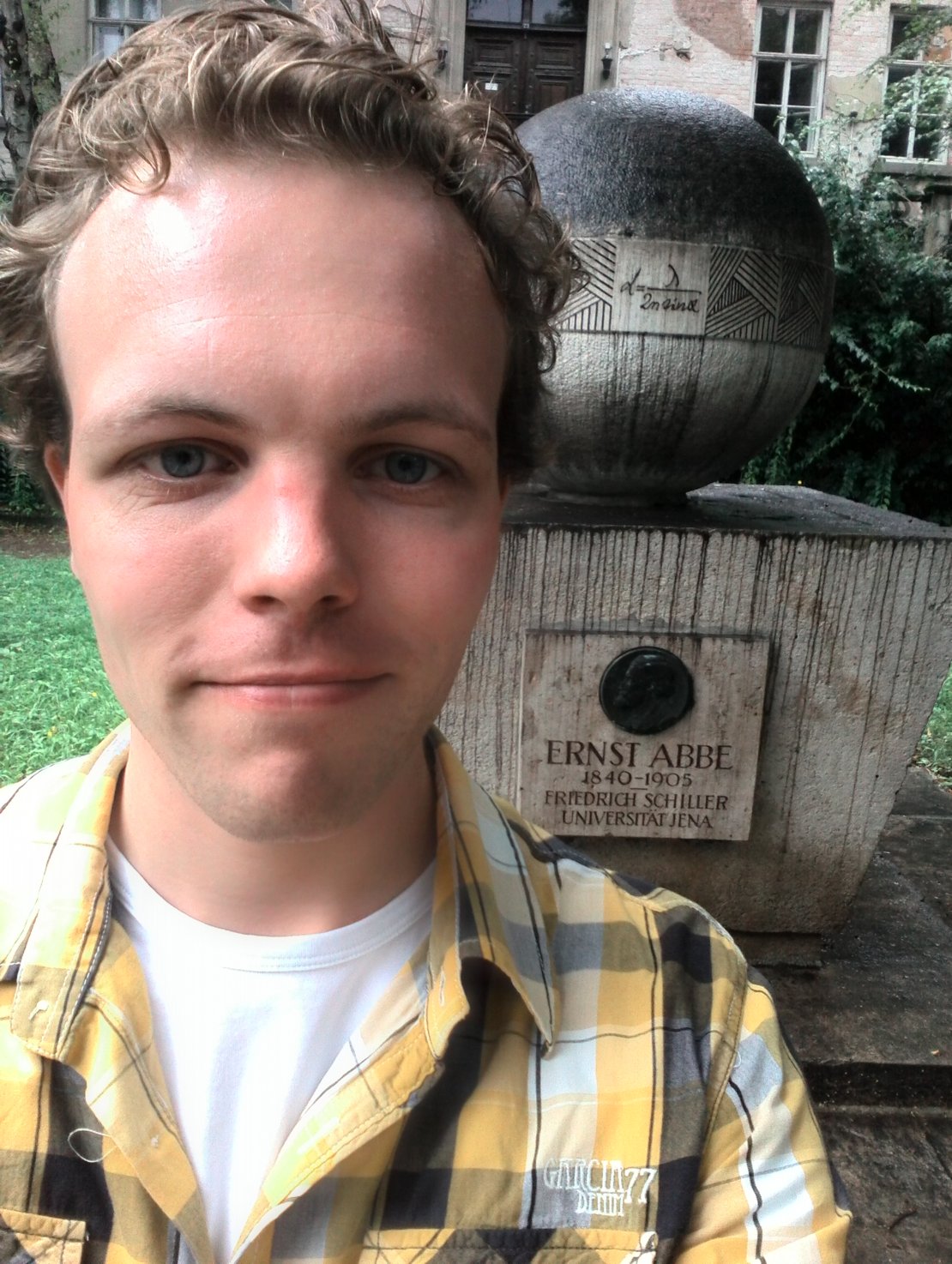Integrated raman and electron microscopy. Correlative chemical specificity and nanoscale resolution
In this thesis we have described the integration of a Raman microscope in a focused ion beam - scanning electron microscope (FIB-SEM). Raman micro-spectroscopy enables chemical specific characterization, while electron microscopy enables high resolution imaging. The Raman - SEM combination thus enables the correlation of chemical specific micro-spectroscopy with nanometer resolution morphological imaging. FIB materials ablation adds to this a micromachining capability. The Raman - FIB combination enables spectroscopic analysis of FIB treated samples. Conversely FIB ablation of surface material can be used to reveal deeper layers in a specimen for subsequent Raman analysis. The integration into a single system facilitates fast sequential analysis and treatment on any single location on the sample.

Capabilities of the integrated microscope are demonstrated on a wide variety of sample materials. Chemical specific identification of micron sized materials, combined with SEM analysis of surface morphological features is performed for graphene flakes and crystal particles. Raman analysis to the effects of FIB treatment for different materials shows large differences depending on the investigated material. Raman characterization with FIB milling on silicon substrates shows changes in the crystal lattice bond strength and amorphization of the material surface layer. After
FIB treatment of carbon based materials, namely polymers and cells, a strong light absorption is observed in subsequent Raman analysis of the amorphizised materials. This absorption results in a strong fluorescence emission that obscures the Raman signal and can lead to thermal damage. In another application analysis of cells is demonstrated for the first time with integrated correlative Raman - SEM. This has shown the capability of cell type identification based on Raman micro-spectroscopy and combined SEM characterization of the surface morphology for different cell types.
Studies are performed to surface enhanced Raman spectroscopy (SERS) from plasmonic nanoparticles and to optical whispering gallery mode (WGM) resonances observed on polymer beads. Both have applications as sensors to for example targeted biomolecules. Sensitivity is obtained for plasmonic nanostructures through a strong enhancement of the Raman signal from molecules in their vicinity, and for WGM resonators through spectral changes in the response as a result of molecules adhering to the bead surface. A quantitative analysis is performed to the Raman signal enhancement for different plasmonic nanostructure morphologies. In so called hot spots a strong (108x) Raman enhancement is achieved, the enhancement is strongly dependent on the material nanoscale morphology. The critical factor in this study is the SEM resolution with which nanoscale variations in morphology are observed. The study to the optical response from WGM resonators started with a sudden observation of optical resonances during Raman analysis of 10 1μm polystyrene beads after SEM irradiation of these beads. Characterization has revealed that the beads function as WGM resonators, the source of the propagating light originates from photoluminescent material deposited during SEM irradiation of the bead surface. The experimental observation is in agreement with the literature on WGM resonators. With this knowledge a controlled FIB and SEM treatment is demonstrated, it enables the excitation and detection of optical resonances on specifically chosen locations on the bead.
This thesis is concluded with a chapter that reports on the development of a stand-alone high resolution Raman microscope. This system uses a short wavelength (405 nm) excitation laser and high NA (0.95) objective to achieve a strong optical resolution. While this system is not integrated with SEM, correlative imaging is performed by translating the sample between the independent microscopes and relocating the ROI based on sample features and potential markers. Applications of the microscope are demonstrated for resonance Raman measurements on erythrocytes and for SERS experiments on silver nanoparticles. Especially for studies on small structures such as plasmonic nanoparticles the high Raman resolution is a strong advantage. A more detailed microscopic analysis is obtained and the correlation with SEM images is improved. The developed high resolution system paves the way for integration with SEM and bridging the resolution gap between optical and electron microscopy.





